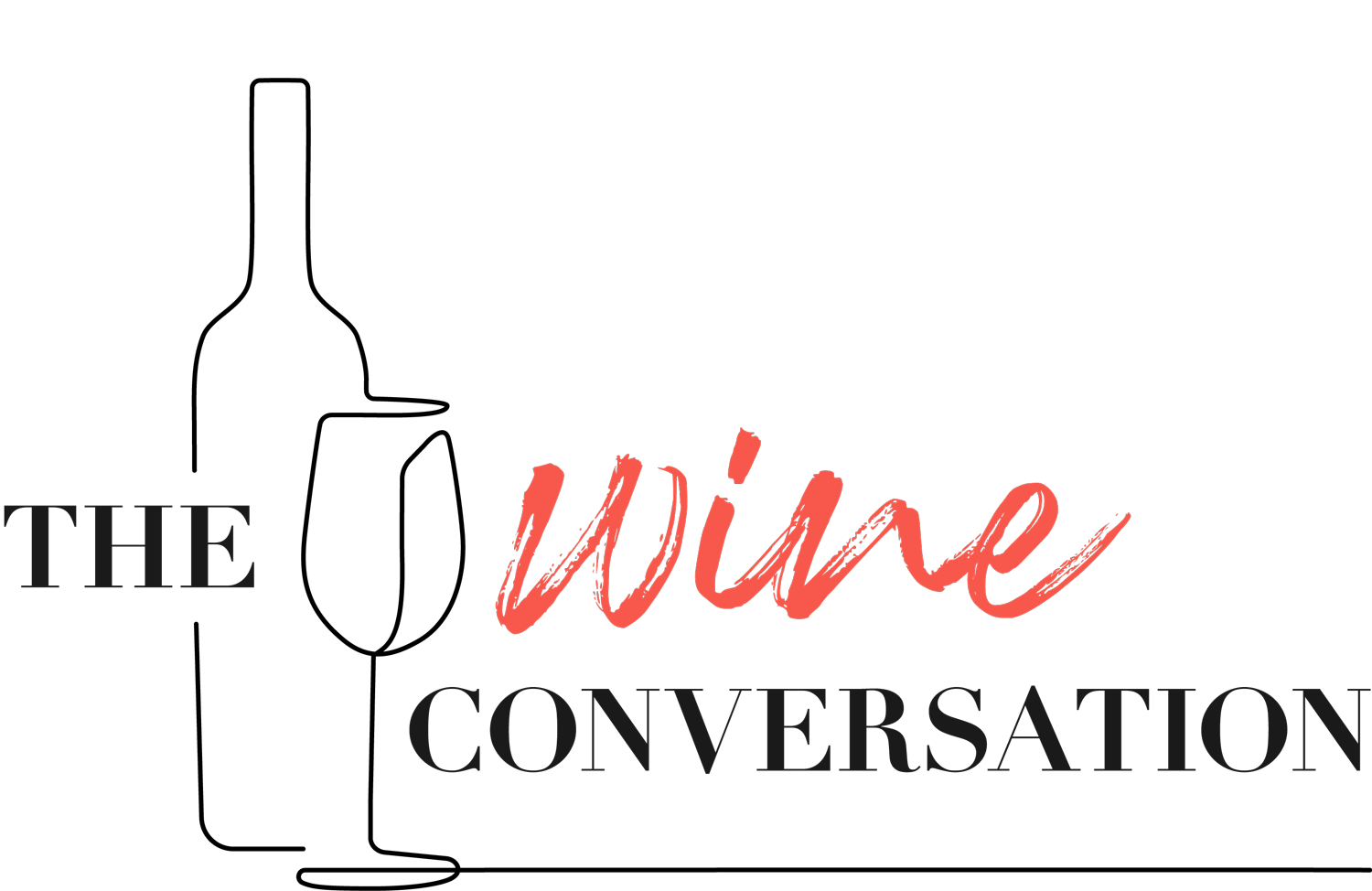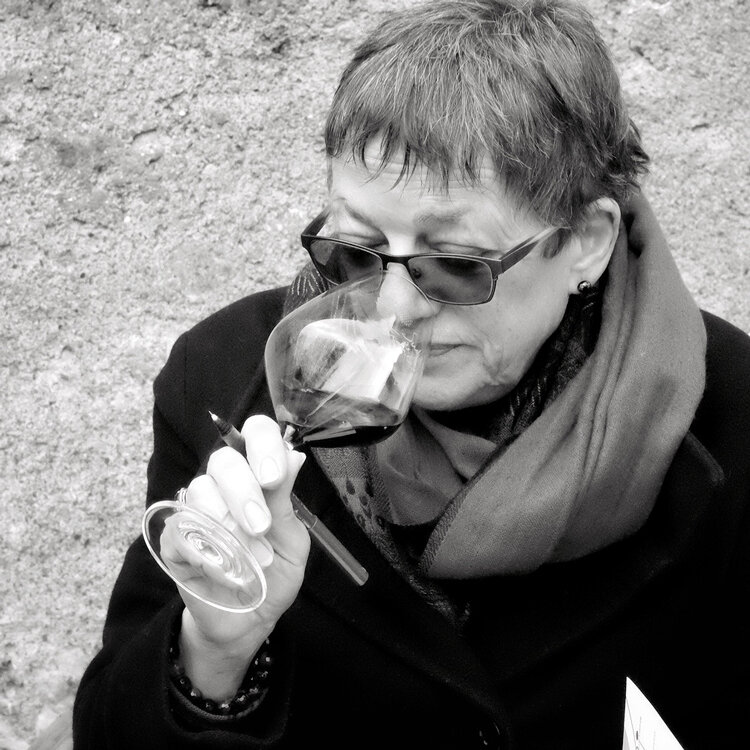▻ Chablis with Rosemary George MW
In conversation with Rosemary George MW
Episode Summary:-
Sarah Kemp talks to Rosemary George MW, one of the world’s leading Chablis experts, about why Chablis is her favourite wine. Rosemary has been visiting Chablis for 40 years and wrote her first book on the region in 1984; it won both the Glenfiddich and André Simon Awards. Her third book on Chablis, “The Wines of Chablis and the Grand Auxerrois,” has been published by Infinite Ideas Classic Wine Library.
In this conversation, they discuss whether Chablis has benefitted from the growth of interest in Burgundy, and whether consumers should look for producers’ names on the labels or the Crus themselves when looking for style and quality. Rosemary talks about the controversial expansion of the vineyard area, which she believes has been a good thing for the region.
Rosemary explains the drinkability windows of Chablis, and laments that most Chablis is released onto the market at 18 months to 2 years old, “when it is going through a sulky stage.” She advises that Grands Crus are best at 10 years old but admits this is a personal preference. “2014 Chablis is delicious now, it’s just coming into its cruising altitude,” she says, and adds, “Mature Chablis has wonderful dried honey flavours, stones, I find it more subtle than the Côte d’Or.”
Organic and biodynamic farming is very tough due to the climate, but the growers work as organically as possible, though many do not certify. Julien Brocard is one of the exceptions who has pioneered organic viticulture in Chablis. There is certainly a movement to looking after the vineyards more carefully, with several producers following the precepts of Haute Valeur Enviornnementale, which forbids the use of pesticides and considers all aspects of the environment.
Sarah asks Rosemary to name her favourite producers at different levels. They both agree that Chablis is fortunate in having an excellent co-operative, and Rosemary names Domaine Vincent Dauvissat and Domaine Raveneau as two producers who have excelled. In the no-oak school, she names Louis Michel, whose wines become more expressive as they age. Other recommendations include Domaine Jean-Paul et Benoît Droin and Le Domaine d’Henri, created by Michel Laroche.
The vintages she suggests looking out for include 2017 (which is drinking very well), 2014, 2010 and, for Grands Crus Chablis, 2005.
Sarah asks if there are any regions in the world which can replicate Chablis’s unique flavour profile. England is the surprise answer as she describes a recent tasting of unoaked Chardonnay with three wines from Chablis, one Macon and two unoaked English wines where the English wines resembled Petit Chablis. “It’s the one serious Chardonnay which doesn’t need oak,” Rosemary says.
Rosemary concludes by telling Sarah about the changes she has seen in the region over the 40 years she has been visiting. Better restaurants and more wine growers’ shops are two of the main changes, but also more women making wine in Chablis, which Isabelle Raveneau told her, “my grandfather would be turning in this grave with the thought of a woman in his cellar.”
““Grands Crus Chablis is a bargain compared to Grand Crus Côte d’Or wines.””
Running Order:-
-
0.00 – 11.16
"It is the one serious Chardonnay that doesn’t need oak.”
Rosemary George MW explains to Sarah Kemp why Chablis is her favourite wine. “It is the wine area I have visited most consistently over 40 years; it is a small area, so you can get under the surface of it, and it is the one serious Chardonnay that doesn’t need oak.” She believes Grands Crus Chablis is a bargain compared to Grands Crus Côtes d’Or, and though Chablis is part of Burgundy, it has kept itself very much to itself.
The question of whether consumers should look for the Crus or the producer on the label is discussed, and Rosemary asserts it is necessary to look for both. She describes a tasting of wines from the Fourchaume Cru, where she found it difficult to find a common thread among the wines. She also discusses the controversial expansion of the Chablis area (which she believes was justified), the role of negociants in the region, and the lack of newcomers. “Chablis is its own place, they don’t seek the limelight,” she observes. -
11.17 – 18.14
“Being organic in Chablis is very tough.”
Rosemary notes how Chablis often goes through “a sulky stage” when it is released onto the market at 18 months to 2 years old, and how to appreciate it at its best--it is worth waiting 3 to 4 years for it to blossom, she asserts. Grands Crus Chablis she prefers at 10 years old, but admits it is very much a matter of taste.
The move to organic and biodynamic viticulture is difficult, she explains, but there has been a move to farm as organically as possible without certification and a several producers are embracing bio-diversity in the vineyard. Climate change is an issue, with more unpredictable weather: “When their grandparents started the harvest, it was the beginning of October, since 2003 three harvests have started in August.”. -
18.15 – 23.20
Sarah asks Rosemary to name her star producers. They both agree that Chablis is blessed by a very good co-operative, and Rosemary recommends Domaine Vincent Dauvissat and Domaine Raveneau, and in the no-oak school, Louis Michel. She also is a fan of Domaine Jean-Paul et Benoît Droin and advises looking for Domaine d’Henri, created by Michel Laroche.
“It is more difficult actually setting up a wine estate in Chablis than it was, say, 20-30 years ago, as the land prices are so high,” she explains; there are few newcomers, and they usually have a family connection.
The vintages she recommends for drinking now include the 2017, 2014, and 2010 while for Grands Crus, it’s 2005. -
23.21 – 27.18
“I was surprised how similar the two English wines were to the Petit Chablis.”
Rosemary notes how Chablis often goes through “a sulky stage” when it is released onto the market at 18 months to 2 years old, and how to appreciate it at its best--it is worth waiting 3 to 4 years for it to blossom, she asserts. Grands Crus Chablis she prefers at 10 years old, but admits it is very much a matter of taste.
Sarah asks Rosemary if she has ever found a wine outside Chablis that she might have mistaken for Chablis, with its unique taste. Rosemary reveals that recently she had been at a blind tasting of unoaked Chardonnays, and was surprised by how similar two English wines were to the Petit Chablis in the tasting.
The biggest changes in Chablis over the last 40 years, Rosemary says, have been how much more sophisticated the town has become, with more restaurants--some with Japanese chefs—and how hotels have improved. In the vineyards, there is a new generation who have travelled the world and have a better understanding of the vineyards and winemaking. Another major change is that there are more women making wine in Chablis; as Isabelle Raveneau had pointed out, with so much work now mechanised, you don’t need broad shoulders to be a winemaker.
RELATED POSTS
Keep up with our adventures in wine
Further reading:-
The Wines of Chablis and the Grand Auxerrois by Rosemary George MW








It has been a vintage year for wine books says Brian St Pierre. Check out our Wine Books of the Year for an assessment of this bounty.